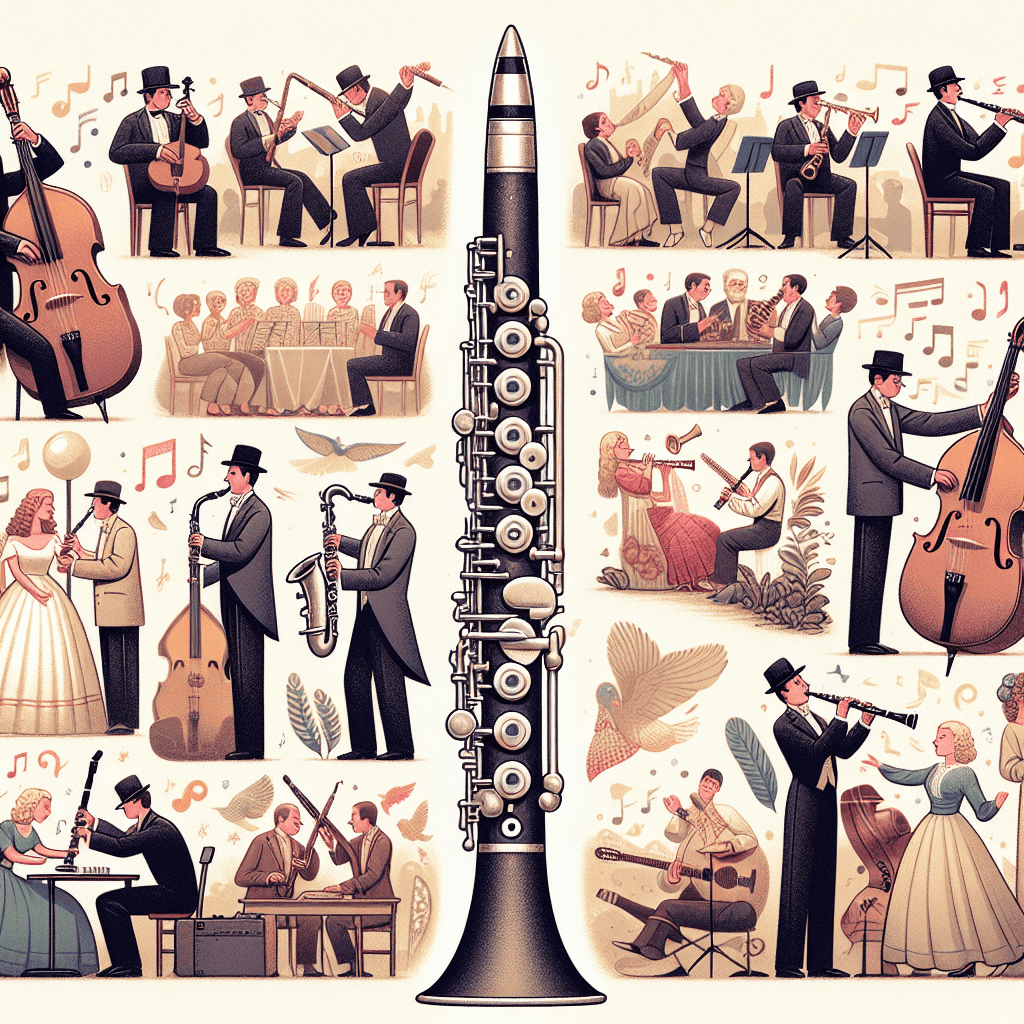Mastering the clarinet is a journey full of learning, and one of the most important parts is understanding clarinet dynamics. Whether you're playing a B flat clarinet, E flat clarinet, or any other type, these tips will help you improve your dynamics.
First, let's get the basics down. Dynamics are the changes in volume (how loud or soft the sound is) that you make with your clarinet. These changes are key to expressing the emotions in the music. For clarinets, dynamics also include tone quality and intonation.
Here are some tips to help you get better at clarinet dynamics:
- Start with a Comfortable Embouchure: How you hold your mouth and lips when playing is super important. A relaxed embouchure helps you control the airflow, which affects the volume and tone.
- Breath Support is Key: Good breathing techniques are crucial. Use diaphragmatic breathing to draw air deeply into your lungs. It's not just about taking a big breath; it's about controlling how you release it.
- Practice Crescendos and Diminuendos: Crescendos (getting louder) and diminuendos (getting softer) are essential for musical expression. Practice these by playing a long note and making it louder and softer without changing the pitch.
- Experiment with Different Dynamics: Don't just stick to one volume level. Try different dynamics within a piece of music to make your performance more interesting and improve your control.
Clarinet Dynamic Range Chart
| Dynamic Marking | Italian Term | Meaning |
|---|---|---|
| ppp | Pianississimo | Very, very soft |
| pp | Pianissimo | Very soft |
| p | Piano | Soft |
| mp | Mezzo piano | Moderately soft |
| mf | Mezzo forte | Moderately loud |
| f | Forte | Loud |
| ff | Fortissimo | Very loud |
| fff | Fortississimo | Very, very loud |
When talking about clarinets, Martin Frères is a name that often comes up. Established in the early 19th century, this brand is known for quality and craftsmanship. While this post isn't promoting any specific products, the brand's legacy reminds us of the rich history of the clarinet.
Refining Your Clarinet Dynamics
Here are some more tips to help you refine your clarinet dynamics:
- Use the Right Equipment: While your skill is important, having the right equipment, like a good reed and mouthpiece, can make a big difference in your dynamics.
- Explore Different Tonguing Techniques: Different tonguing techniques can affect dynamics. For example, staccato (short and detached notes) can create a softer sound, while legato (smooth and connected notes) can produce a louder sound. Practice these to expand your dynamic range.
Dynamic Practice Exercises
| Exercise | Description | Goal |
|---|---|---|
| Long Tone Crescendo | Play a note for 8 counts, gradually increasing volume | Improve breath control and dynamic range |
| Dynamic Scales | Play scales with varying dynamics (p, mp, mf, f) | Develop control over different volume levels |
| Echo Playing | Play a phrase, then repeat it softer | Practice contrasting dynamics |
| Dynamic Etudes | Play short pieces focusing on dynamic markings | Apply dynamics in a musical context |
Remember, mastering clarinet dynamics takes time and patience. Regular practice and experimentation, along with understanding your instrument's nuances, will help you get there. So, pick up your B flat clarinet or E flat clarinet and let the music flow!







